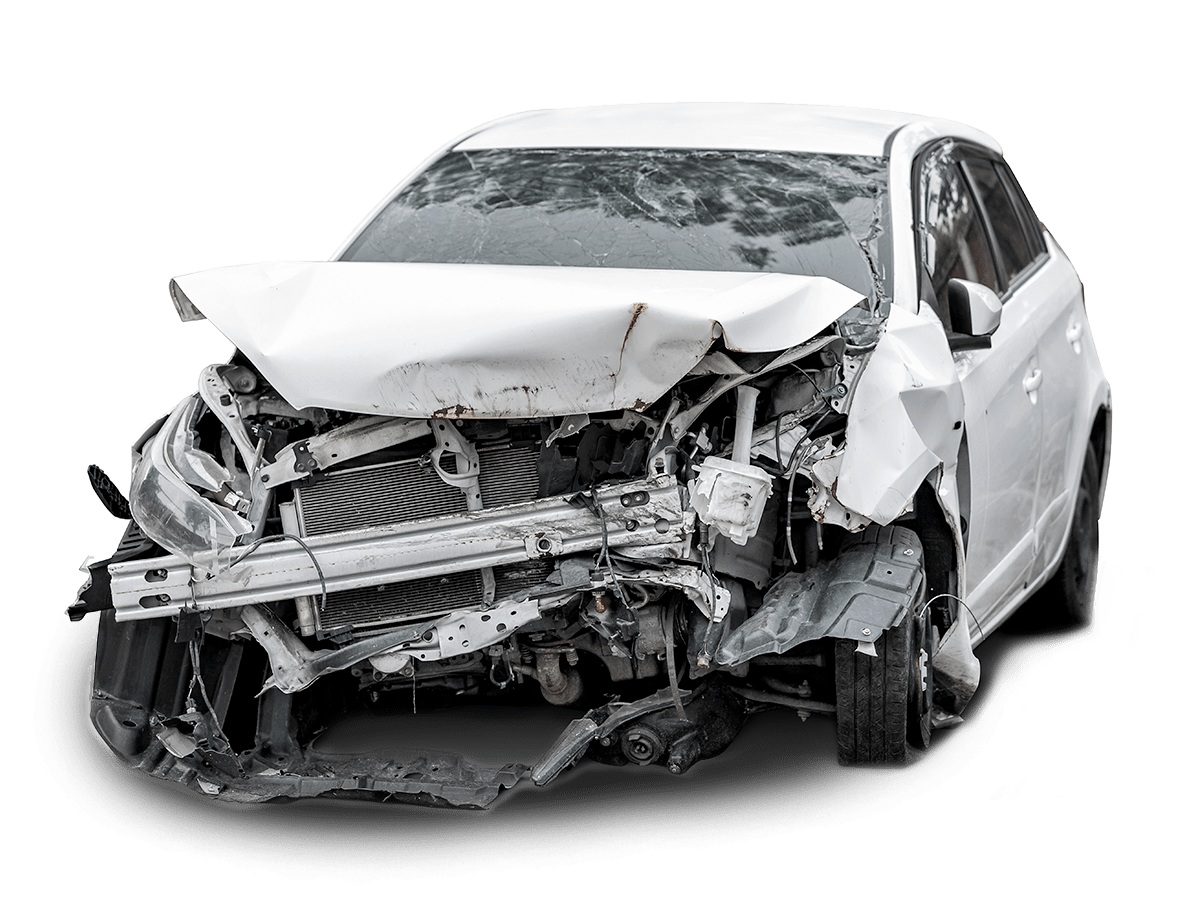STEP 1:
Check Everyone for Injuries
Before you do anything else, you should always make sure that everyone in your vehicle is OK. If anyone is injured, call 911 for medical help right away.
STEP 2:
Move the Vehicles and Call the Authorities
If it’s possible to move your vehicle to the side of the road, doing so is a good idea. After you move your vehicle, you can set up emergency triangles or flares. If you can’t move your vehicles, you and your passengers should move to the side of the road if everyone is uninjured. Once you have moved to the side of the road, you can contact the authorities. They will let you know whether they are sending an officer or whether you can file a police report later.
STEP 3:
Document the Accident
After contacting the authorities, you should document the accident. It’s a good idea to take pictures of all affected vehicles from multiple angles, including detailed photographs of any damage that is visible. You should also write down information about the accident (including the time it happened, where it happened, and details about all vehicles involved) and talk to the other drivers. Do not apologize or make small talk, but do get contact information, insurance information, their driver’s license number, and their vehicle’s VIN.
STEP 4:
Consider Filing an Insurance Claim
If your vehicle only has a couple of minor dents or scratches, you may want to pay out of pocket. However, if the damage is enough that repairing your vehicle would cost more than your deductible, you should file an insurance claim.

